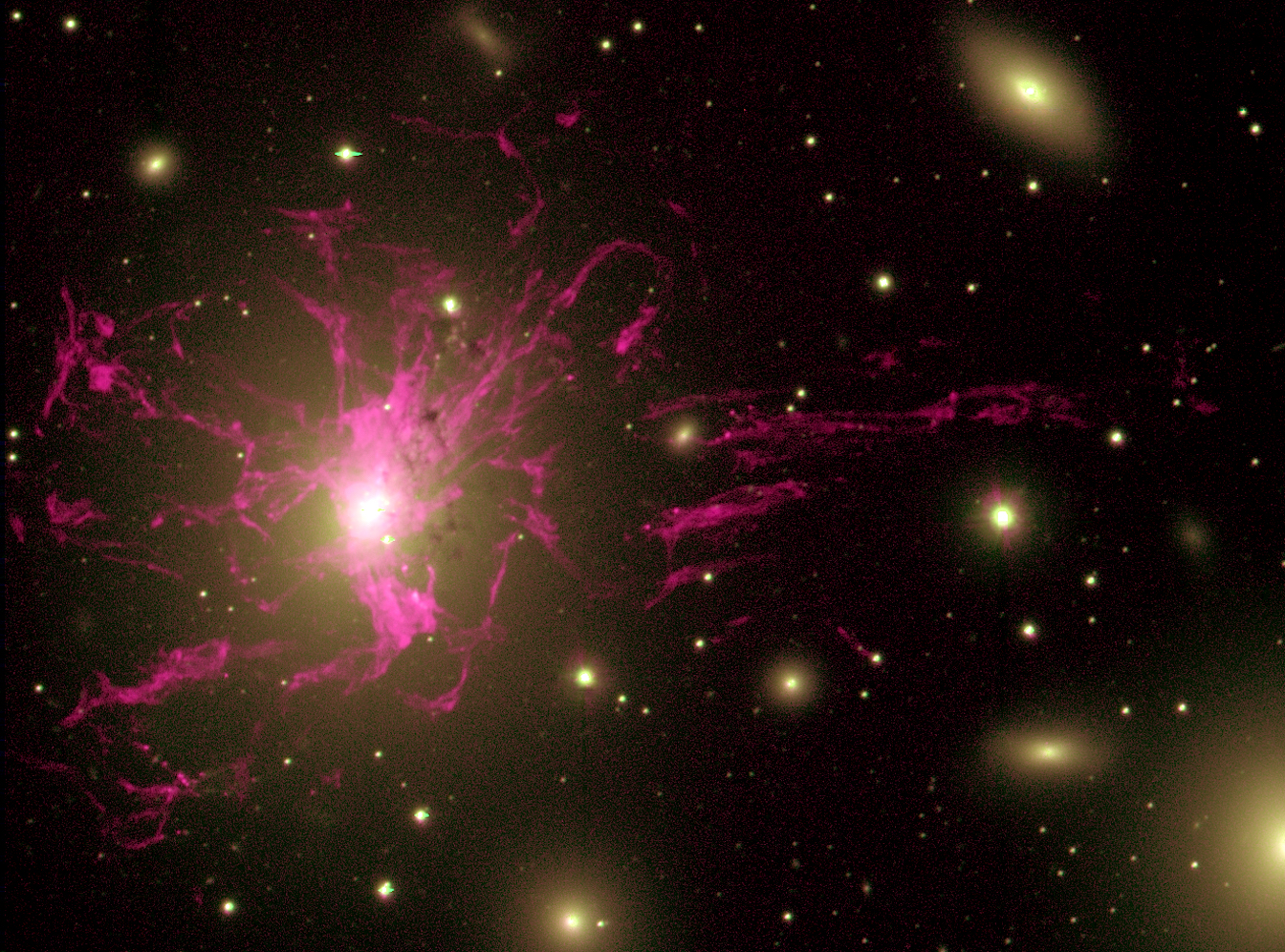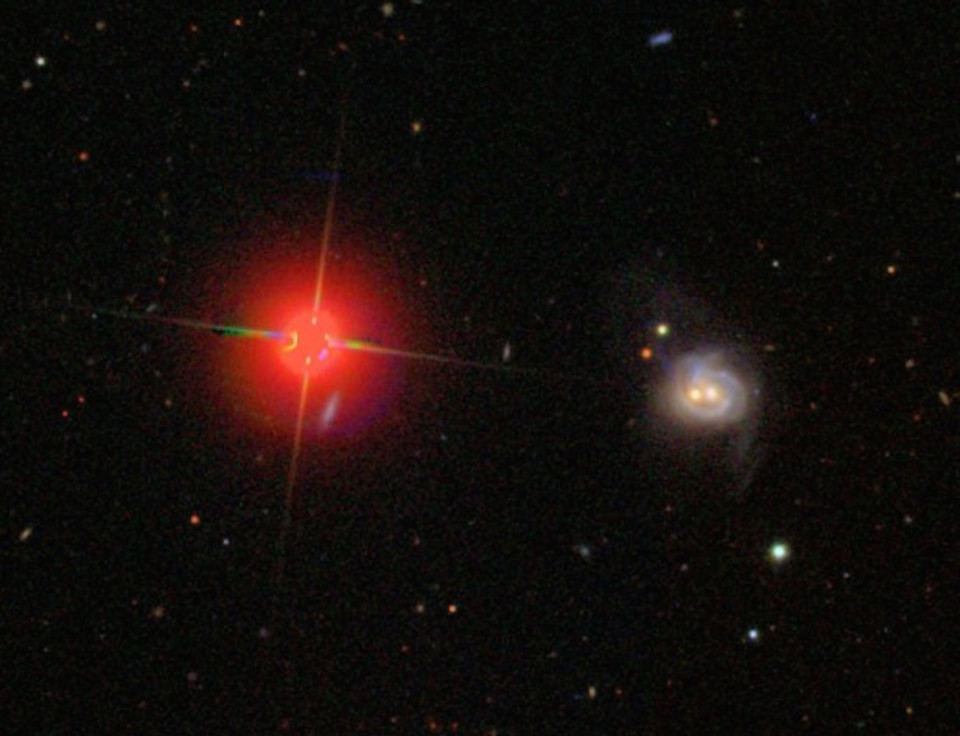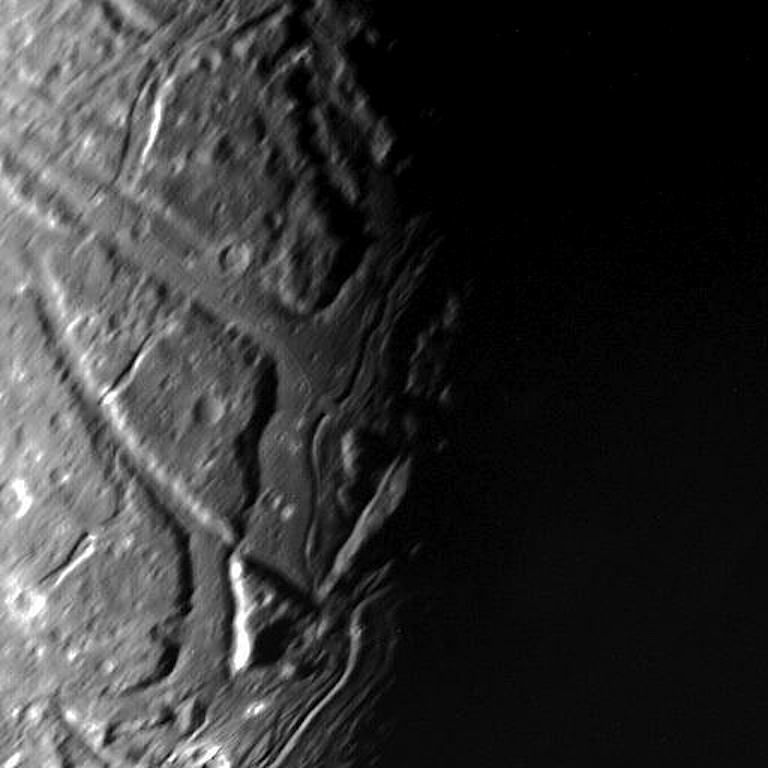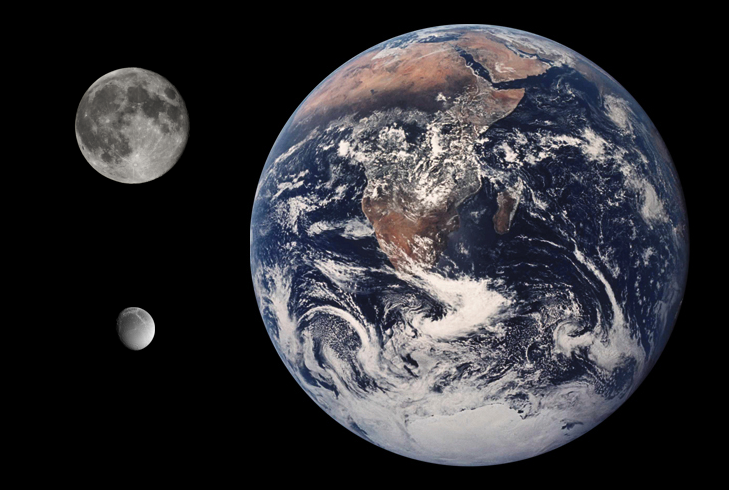Year: 2015
Transverse Electric Discharges

Apr 17, 2015 From galaxies to the laboratory, transverse electric charge flow accompanies a main discharge channel. On Earth, the main discharge channel is experienced as a terrestrial lighting bolt. Slow-motion studies reveal that each flash is a complex episode. Multiple leader strokes descend from the clouds, while similar,…
Rocking Rock

Apr 16, 2015 Saturn’s moon Mimas exhibits a significant libration. In past Picture of the Day articles, several moons in the Solar System were analyzed in terms of their electrical connection with their parent bodies. In particular, the discovery that Jupiter’s moon Io and Saturn’s moon Enceladus are exchanging powerful…
Plasma Contortions

Apr 15, 2015 Rather than black holes, electricity should be considered. Electric Universe advocates propose that electric currents in plasma generate magnetic fields that constrict the current flow. As previous Picture of the Day articles point out, the constricted channel is known as a “Bennett pinch,” or “z-pinch.” Pinched…
Preview with Dr. Gerald Pollack | EU2015
La Grasa Oscura
Tempestuous Ariel

Apr 13, 2015 Another moon with unmistakable signs of electric discharge impacts. The moon Ariel is pockmarked with craters ranging from five to ten kilometers across—almost undetectable in the image above—however, a few craters measuring 20-30 kilometers across are visible. The crater dimensions might seem small, but considering Ariel’s…
10–The Archetype of the Warrior-Hero
Does Gravity Alone Rule the Cosmos? | Space News

For nearly three years, we have reported on countless discoveries that challenge the foundations of modern cosmology and astrophysics. Today we routinely hear of celestial objects ranging in scale from stars, galaxies and quasar groups that should not exist if the standard astrophysical models are correct. However, it seems that…
Desolate Dione

Apr 10, 2015 Saturn’s fourth largest moon indicates that plasma events of some kind once clawed into its surface. The first images of Dione revealed a moon whose surface appeared to be dominated by bright “wisps” that wound around its face. Later, when higher resolution pictures were decoded, the wisps were…















